The Pacarana "Terrible Mouse" is a rare and affectionate animal from South America.
Categories: Animals
By Pictolic https://pictolic.com/article/the-pacarana-terrible-mouse-is-a-rare-and-affectionate-animal-from-south-america.htmlThe scientific names of animals often mislead us. And appearances can often be deceiving. An inhabitant of the jungles of South America, the pacarana has the Latin name Dinomys branickii, which is taken from Greek and literally means “Branicki’s terrible mouse.” Outwardly, this rodent actually looks scary, but in fact it has a kind heart and an easy-going character.
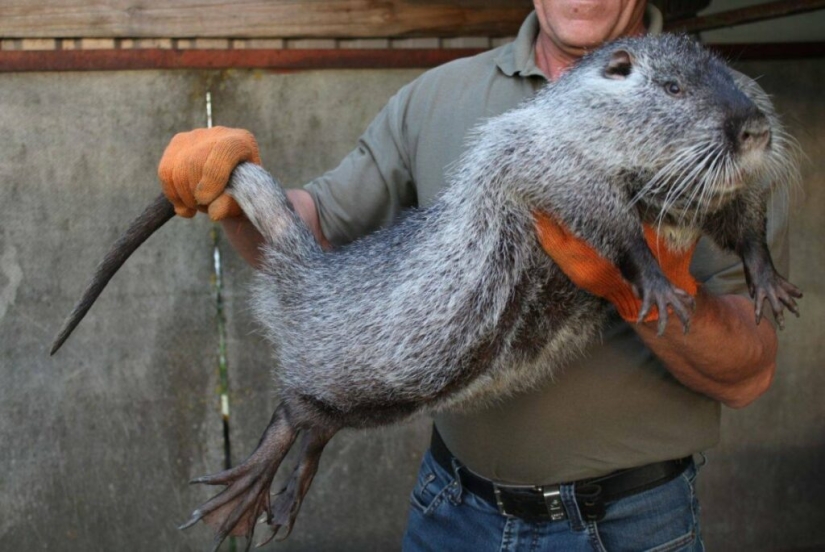
Once upon a time, “terrible mice” inhabited almost the entire forest zone of South America, except for the cold high mountain regions. But now there are not so many of them left and these rodents are found only in Ecuador, Bolivia, Peru, Venezuela and some regions of Brazil. The animal loves tropical rainforests on mountain slopes.
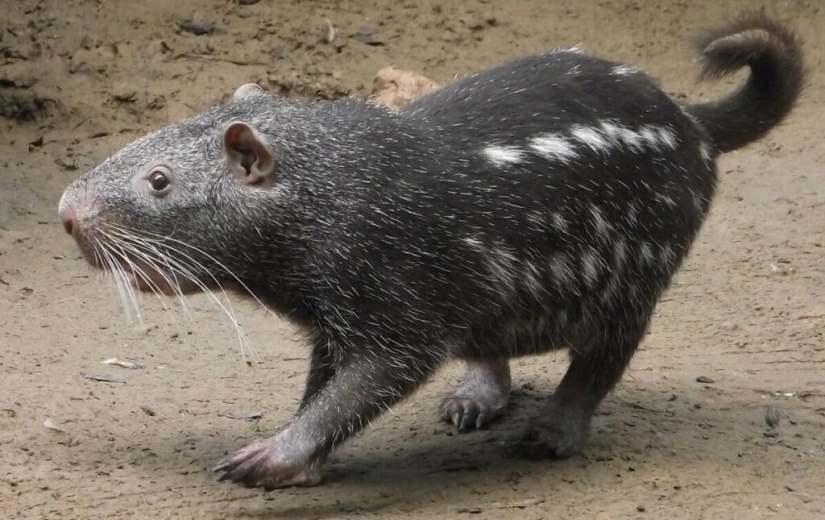
Pacarana looks like a huge guinea pig. Its length reaches 80 cm, and its weight often exceeds 15 kg. It is the fifth largest rodent on the planet, second in size only to the capybara, beaver, crested porcupine and mara. The beast has a massive build and short powerful limbs with terrifying claws. The pacarana has a tail, the length of which reaches a third of the body.
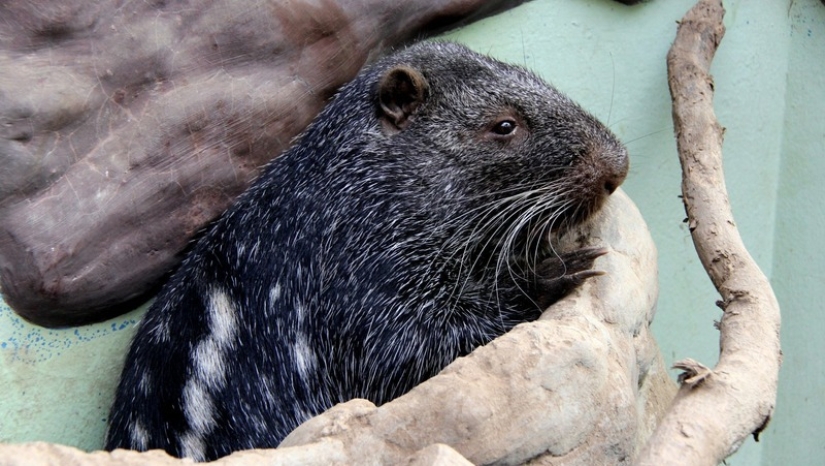
The entire animal, from the nose to the tip of the tail, is covered with coarse and sparse hair. It can be black, brown or dark grey. There are many white markings on the sides that extend into stripes on the back. Pacaranas live in families - a male, a female and their children. At the same time, rodents are monogamous and choose a mate for life. Pacaranas do not dig holes or build shelters. Only the female, during pregnancy and nursing her babies, looks for a hidden lair.
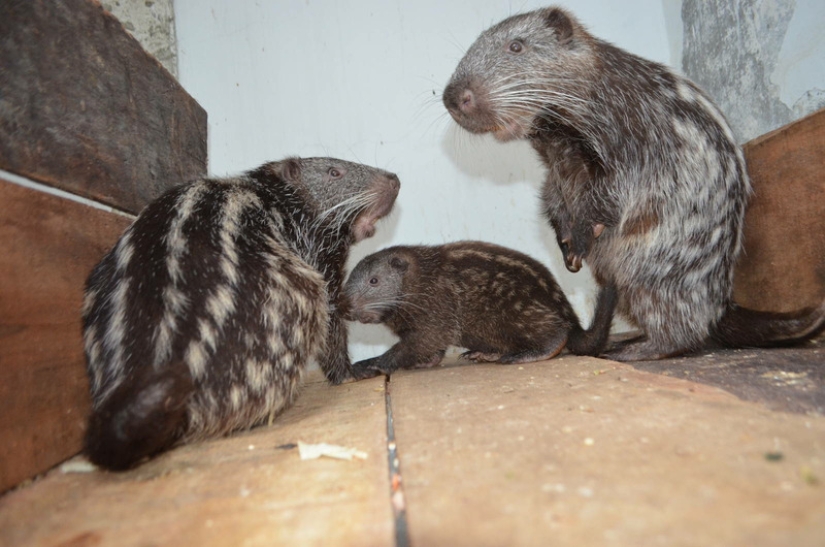
These rodents are very sociable. For communication, they use a variety of sounds, chattering teeth and shots knocked out with their paws. Pacaranas are poorly suited for protection from predators, so they prefer to spend the day in impenetrable thickets. At dusk they come out to get their food.
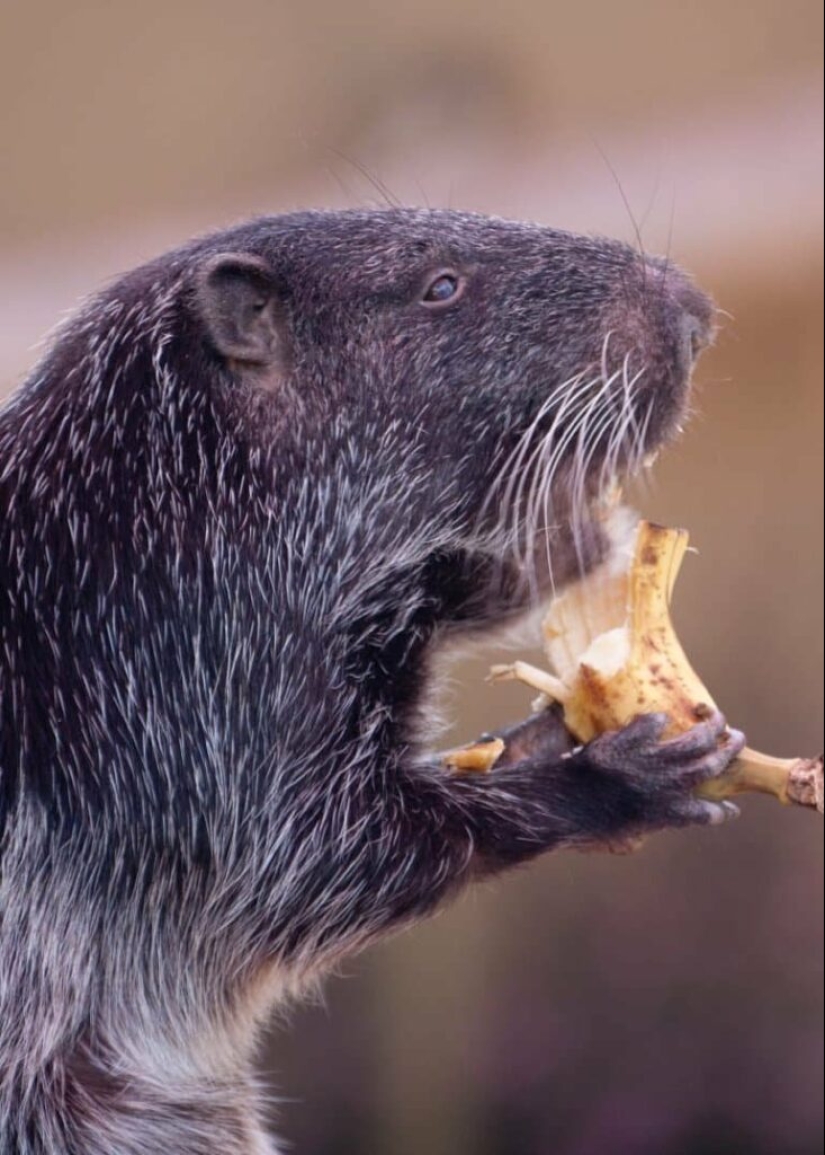
The basis of the rodents' diet is berries, fruits and fresh herbs. Pacarans eat the same way as mice and hamsters - standing on their hind legs and holding food with their front paws. If necessary, the animal can easily climb a tree, but this happens infrequently. Pregnancy in these rodents lasts 8 months. Usually 2 babies are born, who can taste adult food within 24 hours. By the third week, the cubs no longer need mother's milk and eat fruits and nuts.
These are very clean animals, devoting several hours every day to washing and grooming. They do not spoil things and do not carry diseases, so they are in good standing with humans. Due to their calm nature, lack of odor and friendliness, pacarans are often kept as pets. There is no need to be afraid of the huge incisors of the “terrible mouse” - in order for the animal to bite, you need to make a lot of effort. Animals quickly become attached to humans and love to follow their owner everywhere.
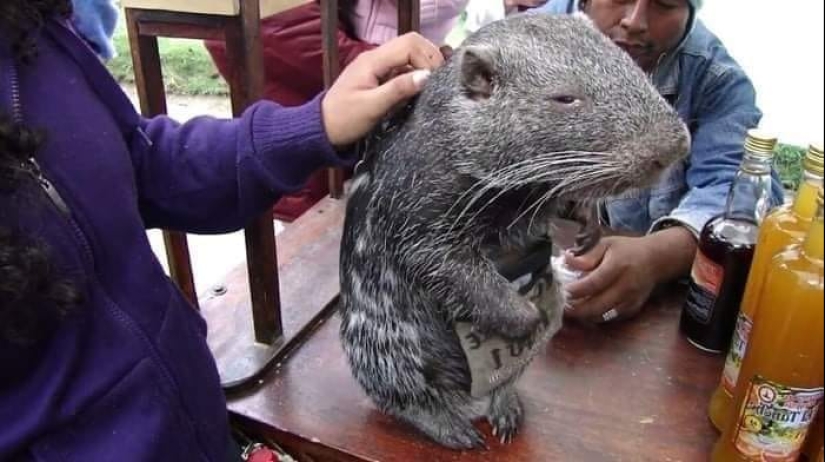
The history of the discovery of this animal is interesting. Europeans first discovered pacarana in 1872. The discovery took place not in the deep jungle, but in the courtyard of a house in one of the cities of Peru. For a long time, this animal was known in a single copy and was even considered extinct. But it soon turned out that there were plenty of them in the jungle, you just had to wait until it got dark.
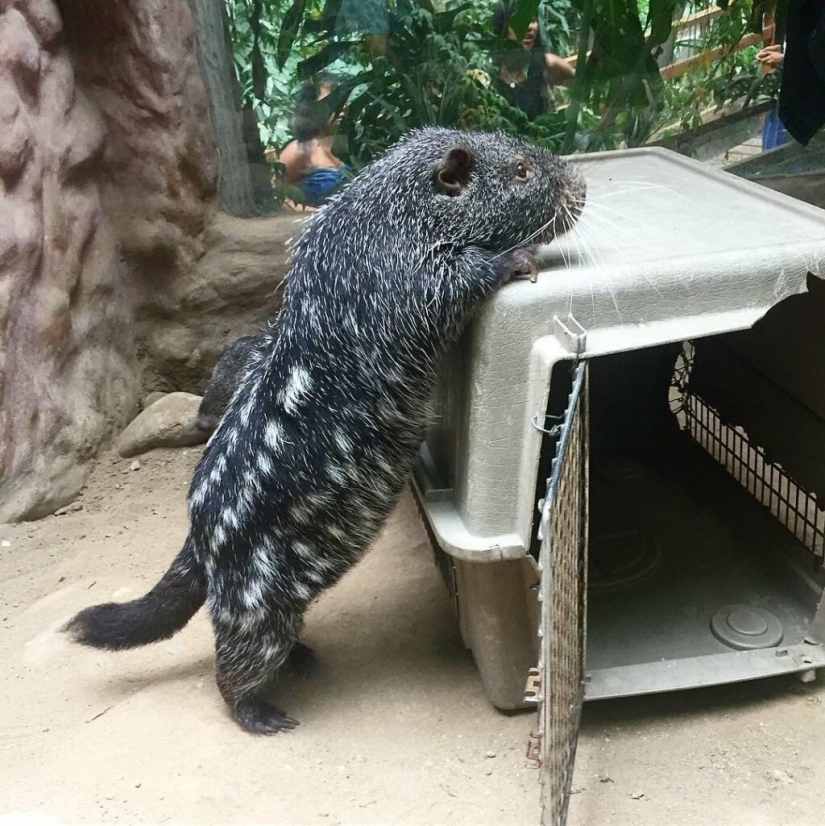
The acquaintance of the Pakarans with people, as one would expect, did not bring anything good to the animals. They began to be actively hunted for fur and tasty meat. Because of this, these days the Pacarana is much easier to find in the home as a pet than in its natural habitat.
Recent articles

Everyone knows that annoying advertising letters sent by email are called spam. But few people thought about what this word means ...

Always interesting to learn or discover something new and interesting. The thirst for knowledge and curiosity is what animates our ...

Nowadays, children at New Year's parties shine in a variety of outfits depicting hundreds of different characters, from banal ...